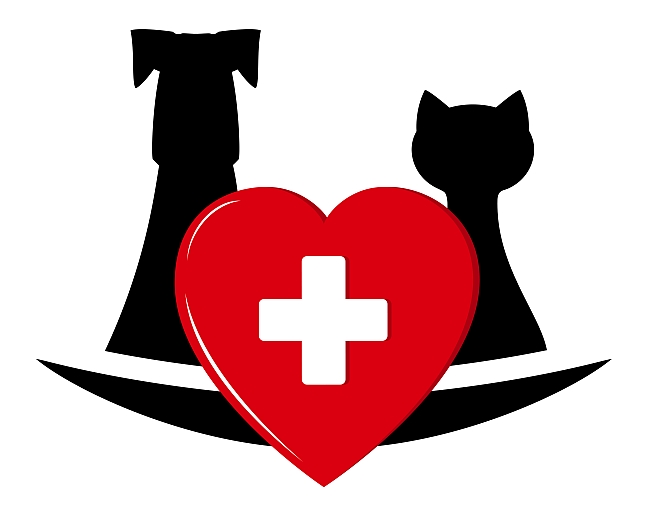 Cat owners would agree that not all sounds are created equal. A kitty’s cheerful chirp communicates something completely different than a wailing “meow.” Similar to birds, cats are some of the most vocally advanced domestic pets, employing a wide variety of sounds to communicate how they feel, and indicating how they are likely to behave. Though we can never be certain exactly what is going on in a cat’s mind (which is probably a good thing), experience has taught that specific noises usually are a sign of specific emotions, desires or problems that should be addressed.
Cat owners would agree that not all sounds are created equal. A kitty’s cheerful chirp communicates something completely different than a wailing “meow.” Similar to birds, cats are some of the most vocally advanced domestic pets, employing a wide variety of sounds to communicate how they feel, and indicating how they are likely to behave. Though we can never be certain exactly what is going on in a cat’s mind (which is probably a good thing), experience has taught that specific noises usually are a sign of specific emotions, desires or problems that should be addressed.
- Meow: Interestingly enough this most common sound is exclusively used to communicate with humans, not other animals. Cats usually meow when urgency is required, or when a polite “mew” has been ignored. Meows have great variation based on their sound and duration. Some meows can be a simple greeting when you arrive home, or a “Hi, notice me” kind of noise. Other long meows can indicate loneliness, sorrow, pain or worry.
- Mew: You know this sound by the soft, almost squeaky noise that comes from your cat when she wants your attention and wants you to do something. (Probably to refill her food bowl, or to be let outside.) It is similar to the way kittens tell their mother it’s time to nurse.
- Chirp: This almost musical, bird-like sound is usually communication between kittens and the mother cat. This is a call she gives for them to follow her, or when a kitten wants someone to pay attention, or is excited.
- Chatter/Cackle: Cats sometimes will make this complicated sound when standing at a window and watching movement of leaves, or a nearby bird. The jaw will quiver and teeth chatter, maybe followed by a squeak. This usually indicates frustration, and generally happens when the cat sees prey that is out of her reach.
- Moan: This is the noise of an unhappy cat in pain. A long wail of panic will usually emit from a cat who is scared, in a car, or on her way to the veterinarian’s office. The moans might be quieter and more drawn out if the cat is in severe pain.
- Hiss/Snarl/Growl: These sounds operate as warnings. It is meant to communicate to a threat, “I am ready to fight, so back off!” Cats hiss or deeply growl or hum when they are protecting something, or feel cornered and threatened. You may notice a hiss or warning growl coming from a cat that has been approached by an exuberant dog.
- Scream: The scream of a feline can be a terrifying noise to hear, particularly if it is at night. This bloodcurdling call usually is indicative of two things: a heated fight and physical pain, or of cats mating. This is a natural part of mating, and usually occurs toward the end of the process which is particularly painful.
- Yowl: A male feline will yowl when he is protecting his territory. Cats also yowl in agitating or to exert strength and power in front of an opponent before a physical fight. Female cats also incessantly yowl when they are in heat, which draws lots of attention from any neighboring male cats (who will then respond in kind). If you are not in the mood for a cacophony of yowling and screaming, then we would strongly advise you having your cats spayed or neutered!
A further reason cats might yowl consistently would be to show he is experiencing severe physical pain. If the mourning, wailing and yowling becomes frequent, take your kitty to the vet to make sure she is all right. - Purr: This is by far the most pleasant noise cats make. Almost hypnotic, purring typically happens when the cat is relaxed, snuggled up and content. Cats must also be soothed by the vibrations, since some breeds will purr when they are nervous or in labor. One thing is for certain, the sound of purring is soothing to both felines and their human friends too.

